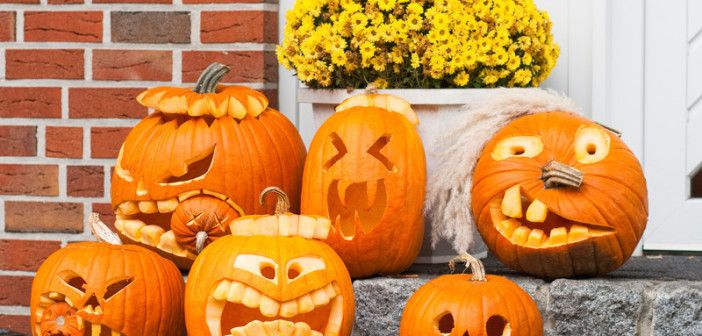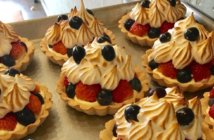Families throughout the Garden State may spend time celebrating the holiday of Halloween without knowing exactly what it is they are honoring.
Halloween, or All Hallows Eve, dates back to over 2000 years ago in Celtic culture to honor the dead. Celebrated on the last day of the Celtic calendar, Halloween, literally speaking, is the eve of All Hallows, or All Saints Day, a Catholic celebration honoring all of the saints.
Traditional Halloween culture can be traced back to the Druids, a Celtic culture located in what is now Ireland, Britain and Northern Europe. Roots of current tradition lay in the feast of Samhain, named after the Celtic Lord of the Dead and held annually on October 31st. The Celts grew all of their food, and considered the end of their year to be the end of the harvest season, which celebrated each year with the feast of Samhain. Orange and black are Halloween colors because orange is associated with the Fall harvest and black is associated with darkness and death.
Trick-or-treating is believed to have evolved from the Celtic tradition of putting out treats and food to placate spirits who roamed the streets at Samhain. Dressing up as ghouls and other spooks originated from another Celtic tradition of townspeople disguising themselves as demons and spirits. The Celts believed that disguising themselves this way would allow them to escape the notice of the real spirits wandering the streets during Samhain.
The jack-o-lantern came from Ireland, where they used to be made from turnips and beets, instead of North America’s pumpkins. Besides lighting one’s way on a Samhain night, the Celts may have also used these lanterns to drive out supernatural creatures, believed to habitually come out on the Day of the Dead.
Halloween was brought to North America by immigrants from Europe who would celebrate the harvest around a bonfire, share ghost stories, sing, dance and tell fortunes. The first known mention of trick-or-treating in print in North America occurred in 1927 in Blackie, Alberta Canada. Halloween candy sales average about 2 billion dollars annually in the United States, with chocolate candy bars topping the list as the most popular candy for trick-or-treaters with Halloween is the 2nd most commercially successful holiday, with Christmas being the first.
If you plan to continue what is now tradition in neighborhoods across the country, consider these safety tips when trick or treating.
– If you plan to use makeup, test it on a small area of skin first to ensure it doesn’t cause an allergic reaction. Wash makeup off immediately after returning home.
– Costume accessories should be soft and pliable in order to reduce injury risk. Don’t wear decorative contact lenses, which can cause eye infections.
– Comfortable and supportive footwear can help prevent blisters and sprains.
– Don’t let children eat homemade treats made by strangers and limit the amount of treats they eat at one time.
– When trick-or-treating, children should stay alert and walk in groups or with a trusted adult.
And for those Mom’s and Dad’s celebrating with friends and alcohol, remember to drive safely. Halloween is one of the deadliest nights of the year for pedestrians – especially children, Drive slow, don’t take shortcuts through neighborhoods and be on the lookout for kids in the street.
Some NJ families are opting to skip trick or treating this year while others are advocating for healthier traditions. Whatever you choose, be safe!









